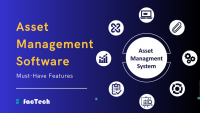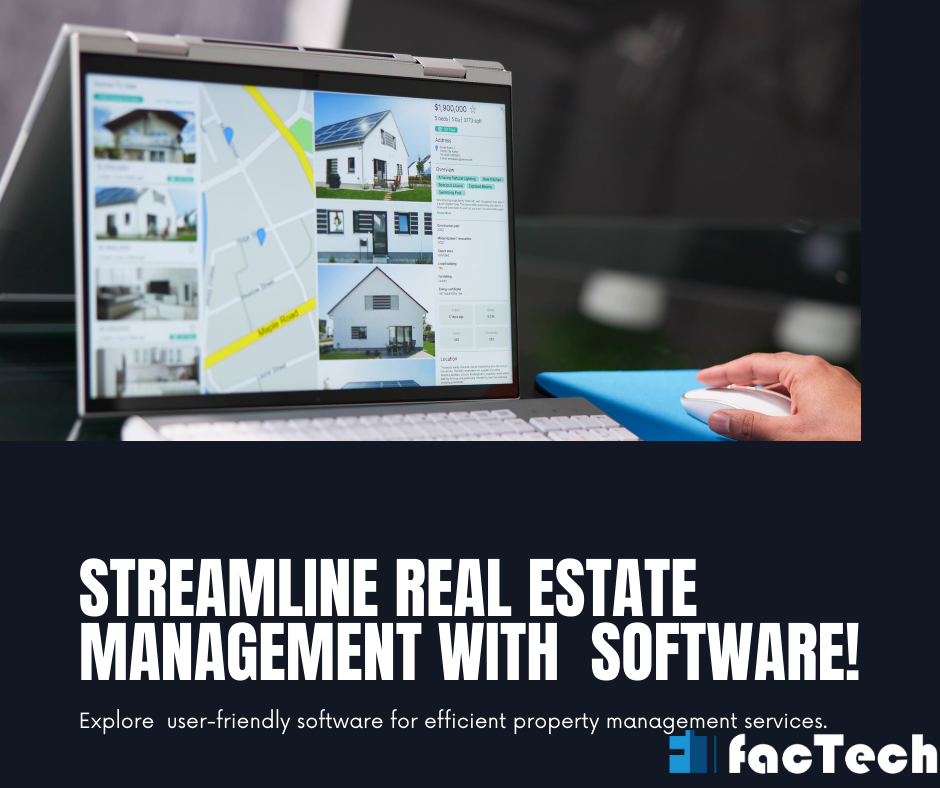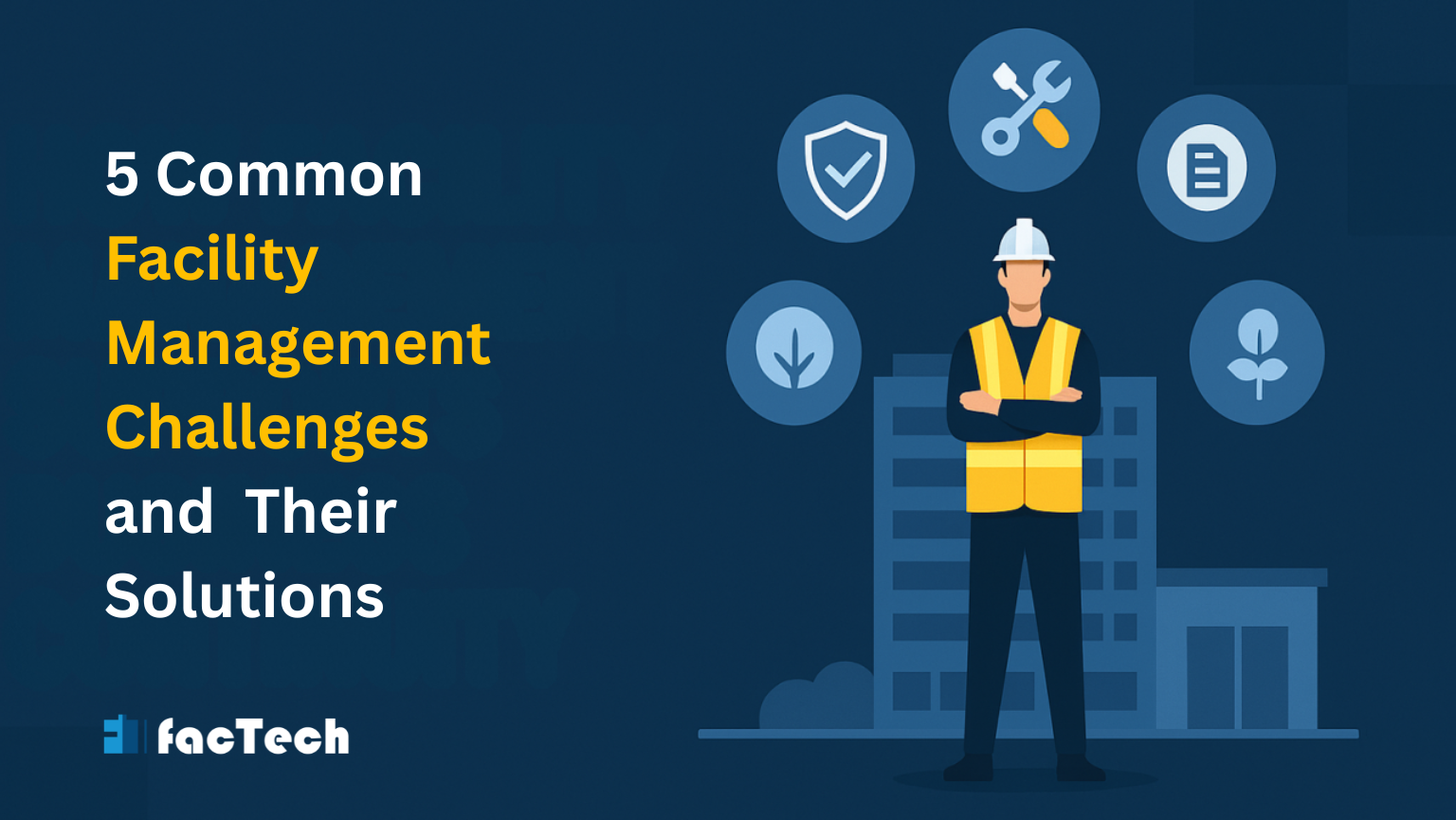Key Features to Look for in an Asset Management System
Due to competition and changing consumer expectations, the asset management sector has risen dramatically in recent years. Thus, companies are seeking strategies to manage and secure their assets. The capacity to track and evaluate assets, safe storage, and interaction with other systems are important when choosing an asset management system. We’ll also discuss how these features improve asset management efficiency and reliability.

Understand Asset Management Software
Asset management software is used for tracking, monitoring, and managing physical and digital assets, including machinery, tools, vehicles, software licenses, and other fixed assets. It enables companies to accurately record their assets, maximize their use, and lower their risk of asset downtime, loss, theft, or damage.
It can also assist companies in simplifying their asset management systems and following legal criteria. Among many other sectors, including manufacturing, healthcare, government, education, and retail, the program can be used on-site or on the cloud.
What is the Need for an Asset Management System?
There are multiple reasons for using asset management software.
Simplify Access to Asset Data
Using a cloud-based asset monitoring system provides every staff member a range of tools. First of all, from anywhere and at any moment, everyone working for the company can view the whole asset database.
Real-Time Asset Tracking
Real-time asset tracking is a great advantage of asset management. It lets asset managers maintain and keep the register updated with current & accurate information.
Lower Frequency of Maintenance
Not keeping track of your assets not only causes too much upkeep but also shortens the lifetime of the assets. Problems in maintenance might compromise the profitability of a company. Asset tracking software manages the task of storing all asset information and data. It also helps in generating of alerts and the planning of maintenance chores.
Eliminate Manual Asset Tracking
Using an automated asset tracking system has one major benefit that it allows one to do away with manual processes such as spreadsheets. But as your business grows, so will its asset count. This requires gathering more data and information, so spreadsheets are more prone to mistakes.

Asset Management Software Must-Have Features
Asset Monitoring
Strong asset tracking features of your asset management system will enable facilities managers, asset managers, maintenance technicians, and other important staff members real-time monitoring of the location, condition, and use of your assets. Asset tracking can be implemented by asset management systems using barcode scanning, QR codes, RFID, or GPS locating system, among other technologies. These solutions help to prevent loss, theft, or use of important assets as well as enable fast asset location, tracking of usage, and correlation of this use with inventory needs.
Asset Lifecycle Management
Giving a structure for optimizing the value of any asset over its whole lifetime is the main aim of asset management. This makes lifetime management a necessary tool of every high-quality asset management system. This function lets your company monitor the whole lifetime of a given asset, including planning, procurement, installation, maintenance, and decommissioning. This whole perspective helps guide choices on asset replacement and retirement as well as on repair and maintenance scheduling.
Scheduling and Maintenance Planning
Search for tools including compliance checklists, automatic preventative maintenance scheduling, and regular inspection planning. Additionally, you should look for an asset management system with automatic maintenance work scheduling based on parameters including usage, time, or condition-based triggers. Features in scheduling should also interact with calendars, alarms, and notifications.
Work Order Management
Features for generating, assigning, tracking, and recording maintenance activities will abound in top-notch asset management systems. Many of the top asset management systems available now in the sector that offer task scheduling and delegation in addition to automated work order creation. These roles serve to guarantee that jobs are finished with full responsibility, on time, in line with the appropriate safety criteria, with accuracy.
Asset Health Data Analysis and Performance
Features of your asset management system should enable real-time access to the condition and performance of your assets. Usually including analytical tools for monitoring, gathering, and processing asset data on performance, consumption trends, and any issues, top asset management solutions will either interact with or contain this function allows one to spot less-than-ideal performance, use, or environmental circumstances as well as to act with the suitable maintenance techniques before these problems create equipment failure and downtime.
Integrations with Other Platforms
Leading-edge CMMS systems should fit with whatever ERP, CRM, inventory control, or IoT system your company now uses. Data flow between systems depends on integrations; they also improve cross-departmental communication and cooperation, increase reporting capacity, and guarantee a consistent asset management approach.
Security Access
You want none of every user to be able to access every component of your asset management system. Look for programs that let you create data management tools, reports, and modules; restrict what asset site locations you can view and update; and create access categories defining who has access rights to particular asset kinds.

How to Choose the Best Asset Management Software?
Company Goals
Knowing the long-term and short-term objectives of their company helps managers to select the most appropriate solution for their particular situation. This covers determining the modules or features the system requires to satisfy the operational needs. They also have to evaluate the asset management strategies of their company to see whether the system aids in their realization or not. The system has to be ready with the tools meant to eventually reach the values.
Budget
Different asset management systems have different payment schedules based on the capabilities they provide or the quantity of assets your company logs with the system. Whether the payment mechanism of an asset management system is scalable, adaptable, reasonably priced, and has the required features, asset managers can ascertain this.
Business Preferences
Corporate structure and preferences additional influence a system’s choice. Since cloud-based solutions are more flexible and let staff members access the system even while they are working remotely, unlike in-house ones, that is why most companies want them.
Capabilities for Security
On their asset management system, companies keep very private and sensitive data that might be targets for theft or attack vulnerability. Protecting asset data against hostile cyberattacks depends critically on running frequent security checks and using strong security policies.
Why Choose Factech’s Asset Management System?
The complete collection of tools in Factech’s Asset Management System is meant to maximize asset lifetime and simplify processes. Our software has a simple interface that allows one to quickly access important material and navigate about. The system offers complete asset management together with tracking, condition monitoring, and full documentation. Strong preventative maintenance schedules along with calendars, alarms, and notifications help users.
Factech improves cross-departmental cooperation by helping to automatically create and manage task orders. Real-time tracking, stock visibility, and automated reorder triggers abound from its inventory control systems. By use of historical data analytics and real-time performance monitoring, the system also provides predictive maintenance. A mobile app guarantees access of work orders and asset data to field teams from anywhere. Factech also offers outstanding client service, strong reporting and analysis, and flawless connection with shared corporate systems, including ERP and CRM.
The bottom line
Software for asset management is an effective instrument for enhancing your establishment. The best software has a number of features that let you boost maintenance effectiveness, lower costs, and enhance asset performance all under one roof. To learn more about Factech’s asset management system, contact us and get a free demo.
FAQs
Q: What is the use of Asset Management Software?
Tracking, managing physical and digital assets with asset management software helps businesses document assets, maximize their use, and lower risks, including downtime, loss, or theft.
Q: Why is asset tracking real-time so crucial?
Real-time asset tracking is essential since it enables asset managers to keep precise, current records of asset locations, movements, and status, therefore supporting effective operations.
Q: What are some must-have features in an Asset Management System?
Strong asset tracking, asset lifecycle management, thorough scheduling and maintenance planning, work order administration, health data analysis, and system connections with other platforms are among the fundamental capabilities.
Q: How might Factech’s Asset Management System benefit companies?
Along with strong reporting and mobile access, Factech’s solution maximizes asset lifetime, simplifies procedures with a user-friendly interface, delivers complete asset monitoring and documentation, and provides predictive maintenance capability.












